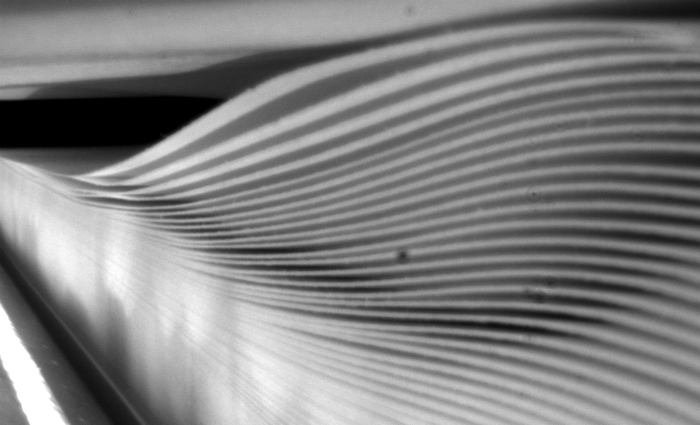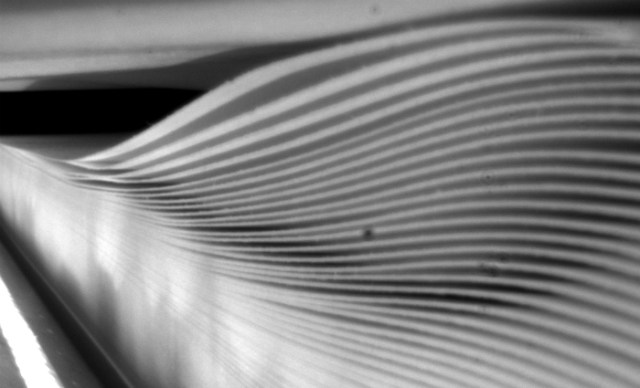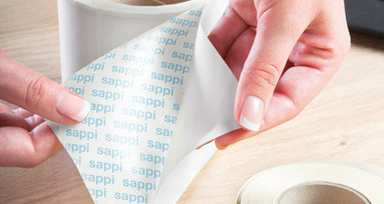
The last of the big players in the Australian paper market have confirmed their prices will rise in the next few weeks due to rising costs and a crashing dollar.
Major merchant BJ Ball will up prices 6-8 per cent from February 9, and newspaper and catalogue paper manufacturer Norske Skog raised its prices by 3-5 per cent from January 1.
As a rule of thumb a three per cent rise in paper prices adds one per cent to the cost of a job.
The companies follow decisions by Spicers to implement price hikes of 6-9 per cent from December 15 last year, and KW Doggett by up to eight per cent from February 2.
The most popular commercial grades will contain the full price increases as the supply comes mainly from Asia, which is the most price sensitive to currency changes.
[Related: More paper news]
BJ Ball marketing and business development manager Tony Bertrand says the Aussie dollar, which has fallen to a four-year low of less than 82c against the US greenback, is a major contributor to the price hike.
“The rise is quite modest considering how much the dollar has devalued,” he says.
“It has fallen significantly from its high of $1.05 and that has a great effect on our costs so we have no choice but to pass it on.”
Norske Skog vice president Andrew McKean also says the price rise does not reflect the full effect of exchange rate changes and that it would be ‘silly’ not to follow the rest of the market.
He also says intense competition has driven down prices since the company launched its Vantage catalogue paper brand last year, to the point where the rise would not bring them back to that level.
The company, which sells direct to high-volume Australian customers from local mills, produced more than 70,000 tonnes last year from its Boyer mill as a result of entering the catalogue market, with a capacity of up to twice that.
Its massive newspaper contracts will not be affected by the price rise as they are long-term agreements, but catalogue printers like PMP, AIW, Franklin Web, IPMG, and Webstar will likely be hit.
The last major round of price hikes last March saw BJ Ball customers paying eight per cent more across the board, KW Doggett up to 10.5 per cent, and Spicers 8-10 per cent.
However, Doggett managing director Simon Doggett says ‘only a couple per cent’ of the 10.5 per cent March price hike was actually realised because the dollar moved from 90c to 95c soon after.
The Australian dollar has seen sharp declines recently, falling from parity in May 2013 to its lowest levels since June 2010 last month, with further falls predicted as demand for commodities weakens and China’s economic growth slows.
Comment below to have your say on this story.
If you have a news story or tip-off, get in touch at editorial@sprinter.com.au.
Sign up to the Sprinter newsletter



